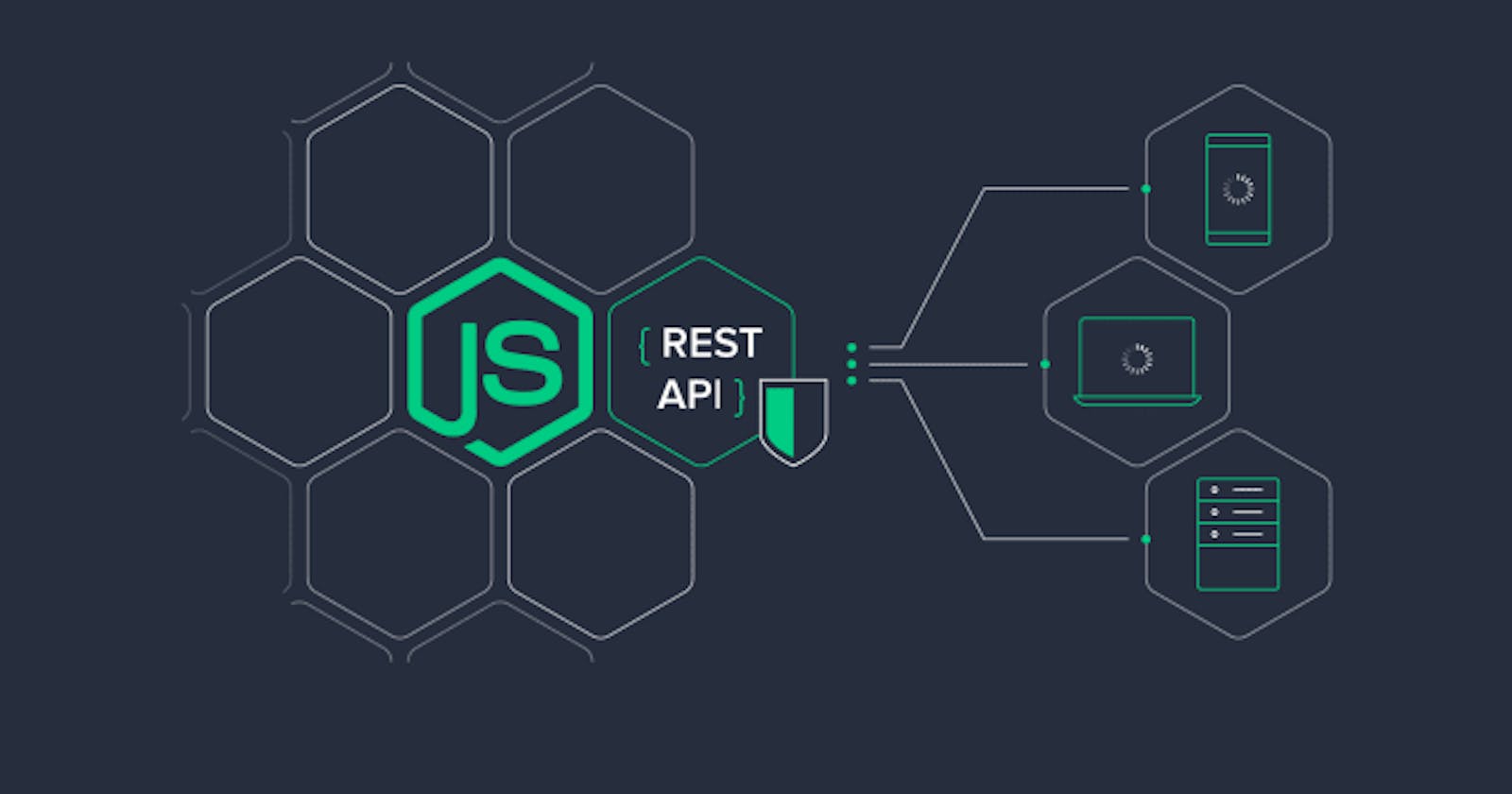Creating a Big Data application with data visualization using React, Node.js, and MongoDB involves multiple components and a considerable amount of code. Below, I'll provide simplified examples for each component to give you a starting point. Please note that these are simplified and won't cover all aspects of a production-ready application.
Sample Node.js Backend (server.js):
const express = require('express');
const mongoose = require('mongoose');
const bodyParser = require('body-parser');
const app = express();
const port = process.env.PORT || 3001;
// Connect to MongoDB
mongoose.connect('mongodb://localhost/bigdata_db', {
useNewUrlParser: true,
useUnifiedTopology: true,
});
// Define a schema and model for MongoDB
const dataSchema = new mongoose.Schema({
name: String,
value: Number,
});
const DataModel = mongoose.model('Data', dataSchema);
app.use(bodyParser.json());
// Create an API endpoint to fetch data
app.get('/api/data', async (req, res) => {
try {
const data = await DataModel.find();
res.json(data);
} catch (error) {
console.error(error);
res.status(500).json({ error: 'Internal Server Error' });
}
});
app.listen(port, () => {
console.log(`Server is running on port ${port}`);
});
Sample React Frontend Component (DataVisualization.js):
import React, { useState, useEffect } from 'react';
import axios from 'axios';
const DataVisualization = () => {
const [data, setData] = useState([]);
useEffect(() => {
// Fetch data from the backend API
axios.get('/api/data')
.then((response) => {
setData(response.data);
})
.catch((error) => {
console.error(error);
});
}, []);
// Example data visualization using a simple table
const renderTable = () => {
return (
<table>
<thead>
<tr>
<th>Name</th>
<th>Value</th>
</tr>
</thead>
<tbody>
{data.map((item) => (
<tr key={item._id}>
<td>{item.name}</td>
<td>{item.value}</td>
</tr>
))}
</tbody>
</table>
);
};
return (
<div>
<h2>Data Visualization</h2>
{data.length > 0 ? renderTable() : <p>Loading data...</p>}
</div>
);
};
export default DataVisualization;
Sample React App (App.js):
import React from 'react';
import DataVisualization from './DataVisualization';
function App() {
return (
<div className="App">
<h1>Big Data Visualization App</h1>
<DataVisualization />
</div>
);
}
export default App;
In this simplified example:
The Node.js backend sets up an Express server and connects to a local MongoDB database.
It defines a data schema for MongoDB and provides an API endpoint to fetch data.
The React frontend component (
DataVisualization.js) fetches data from the backend and displays it in a simple table.The React app (
App.js) includes theDataVisualizationcomponent.
To run this example, ensure you have Node.js, MongoDB, and a React development environment set up. Also, make sure MongoDB is running locally with a database named bigdata_db and a collection named data. You can customize the MongoDB connection URL in the backend code to match your configuration.
This example demonstrates a basic setup for data retrieval and visualization. For real-world scenarios, you would likely use more sophisticated data visualization libraries and handle larger datasets with pagination, filtering, and other features.
